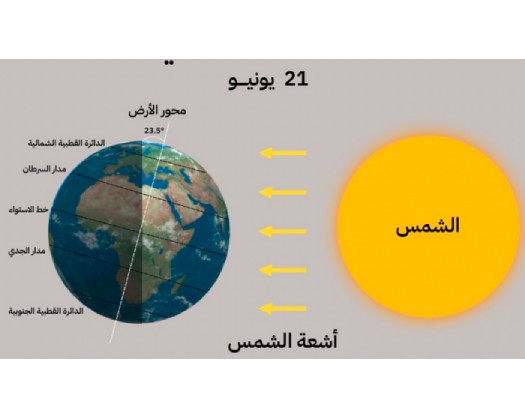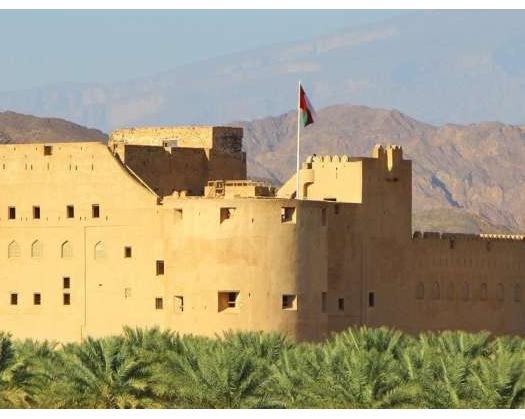Muscat: Astronomically, Saturday, June 21, 2025, will be the first day of summer and the beginning of Dhofar's Khareef season in the Sultanate of Oman.
The Summer Solstice begins when the Sun's rays are directly overhead at the Tropic of Cancer. This day officially marks the beginning of Astronomical Summer in the Northern Hemisphere, which lasts around 93 days, 15 hours, and 37 minutes.
Al Mukhtar bin Saif Al Saeedi, a member of the Omani Society for Astronomy and Space, confirmed that this year's Summer Solstice will be on Saturday, June 21, at 6:42 a. m. Oman time. In Muscat Governorate, the sun will rise at 5:21 a. m. , reach its zenith at 12:09 p. m. , and set at 6:57 p. m. Daylight in Muscat will last 13 hours, 35 minutes, and 35 seconds, making it the longest day of the year with the shortest night in most regions of the Northern Hemisphere, including Europe, Asia, North America, and the Arctic.
Al Saeedi noted that while the summer solstice marks the start of summer in the Northern Hemisphere, it also marks the first day of winter (winter solstice) in the Southern Hemisphere. The Earth's two fundamental motions—its daily rotation on it axis and its annual orbit around the sun—cause the alternation of day and night as well as the changing seasons. The 23. 5-degree tilt of the Earth's rotational axis in relation to its orbit around the sun is the fundamental cause for these solstices and equinoxes.
He went on to explain that these astronomical events do not directly cause temperature fluctuations, as surface temperatures are more influenced by climatic and atmospheric factors such as air currents, heat waves, and wind patterns, which are weather-related rather than seasonal.
Al Saeedi mentioned various Earth-related phenomena that occur alongside this astronomical event, including:
The astronomical beginning of the Dhofar Khareef season, which affects the coastal wilayats of Dhofar Governorate from Dhalkut in the west to Mirbat in the east, This season is defined by monsoon winds and the arrival of Arabian Sea and Indian Ocean clouds.
There is no noon shadow in regions situated directly on the Tropic of Cancer, such as Al Amerat, Fanja, Wadi Al Maawil, Rustaq, and Ibri.
On this day, the sun will rise from its farthest point in the northeast and set at its farthest point in the northwest.
The number of night hours will increase while daytime hours will decrease, then start to decrease until the Autumnal Equinox on September 22, when day and night hours will be equal.









